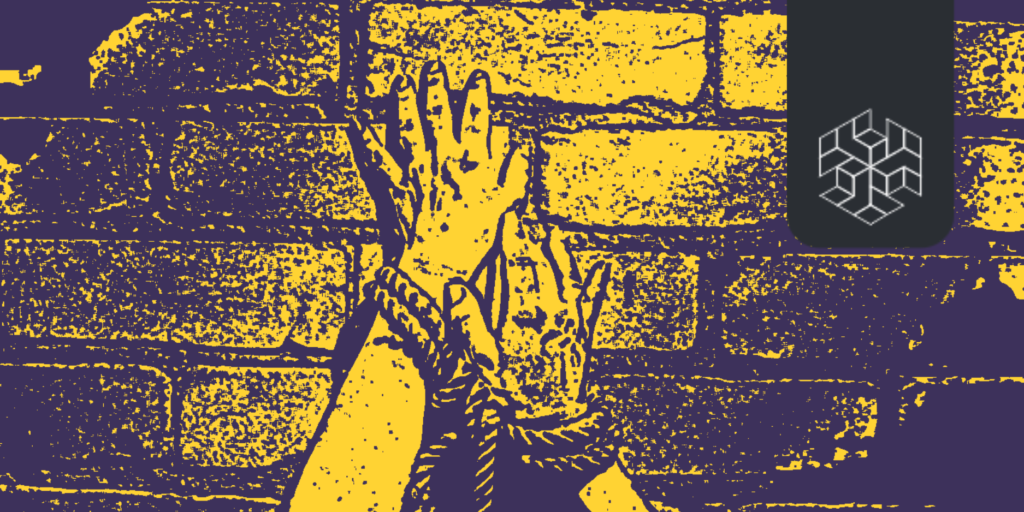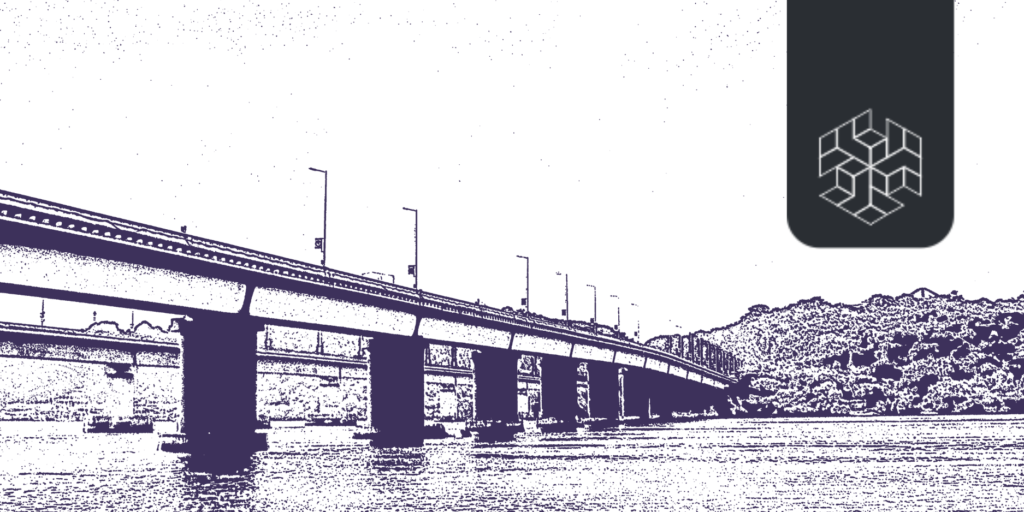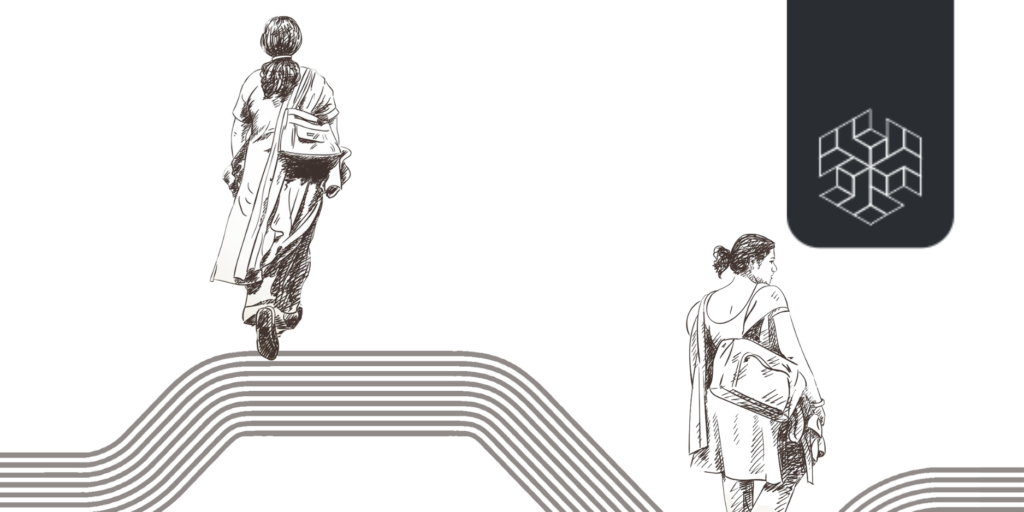Author: Saksham Malik
Editor: Ritwiz Sarma
Abstract
The digital divide between marginalised and non-marginalised populations of the country has impacted the socio-economic growth of the Scheduled Tribes [STs] in India. The first part of this paper discussed the consequences of the divide for the ST populace. The second part of the paper discusses the role of policy instruments in bridging this divide. The study will focus on policy interventions aimed at tackling the supply- and demand-side challenges of the divide, including lack of infrastructure and limited education, digital literacy, and employment opportunities. The paper will discuss the shortcomings of these initiatives and their impact and relevance for STs. Finally, the paper will briefly discuss the experiences of other countries with the digital inclusion of indigenous populations before providing recommendations to the Indian government to bridge the divide.
Keywords: Digital Inclusion, Scheduled Tribes, Digital Divide, Education, Digital Literacy, Internet
Introduction
Multiple lockdowns and a widening digital divide have forced Jammu and Kashmir’s tribal kids out of formal education. Instead of learning, these children must find work to help their families survive (Nisar & Nabi, 2022). Their plight is similar to that of a significant ST population of India that finds itself on the wrong side of the digital divide. The primary causes are supply-side reasons like insufficient digital infrastructure and demand-side reasons like limited income and education levels among STs. In part 1 of this article, we discussed these reasons in detail. A country’s laws and policies have a bearing on the digital inclusivity of its population, especially the disadvantaged communities. For instance, the Organisation for Economic Co-operation and Development [OECD] notes that the presence of an independent telecommunications regulator can affect the ability of internet services to be delivered to consumers fairly and efficiently. Therefore, regulatory reforms can impact the supply-side challenges of the digital divide (OECD, 2005).
Overcoming the digital divide is necessary to ensure everyone has access to digital technology and its benefits. Large-scale national-level planning is required to bridge the digital divide and reap digital dividends (Rao, 2005). The Indian government has attempted to tackle the country’s digital divide through policy instruments of various kinds. These steps aim to combat the supply-side challenges and the demand-side reasons for the divide. The Indian government’s efforts have centred around two types of interventions. Firstly, initiating and running government-funded schemes like IT for Masses; and secondly, devising relevant policies like the National Telecom Policy and National Education Policy to set objectives and provide a roadmap to achieve the same



